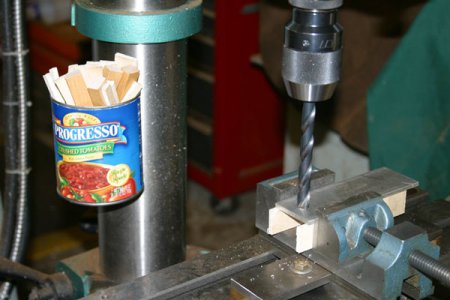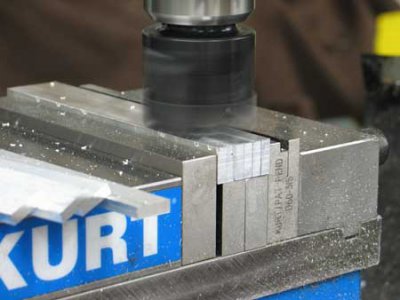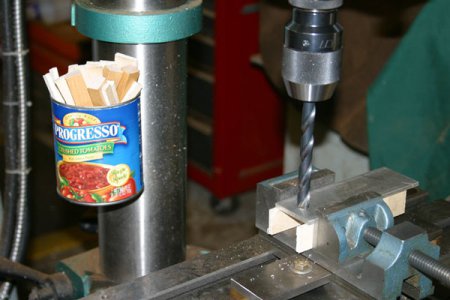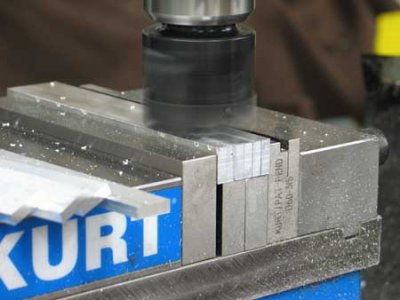- Joined
- Dec 25, 2011
- Messages
- 591
An older retire guy gave me a handfull of HSS cutting bits 3-4" long, 1/4" & 3/8" square several years ago. I've been using them as singles, pairs, stacked, and stacked pairs. The tolerances on them seemed very good and for setup on a milling machine they perform quite well, at least on my small home miller. I've never checked for price, I wonder how they compare with purchasing "parallels"?
That is what I use most of the time--seem to work for me.





